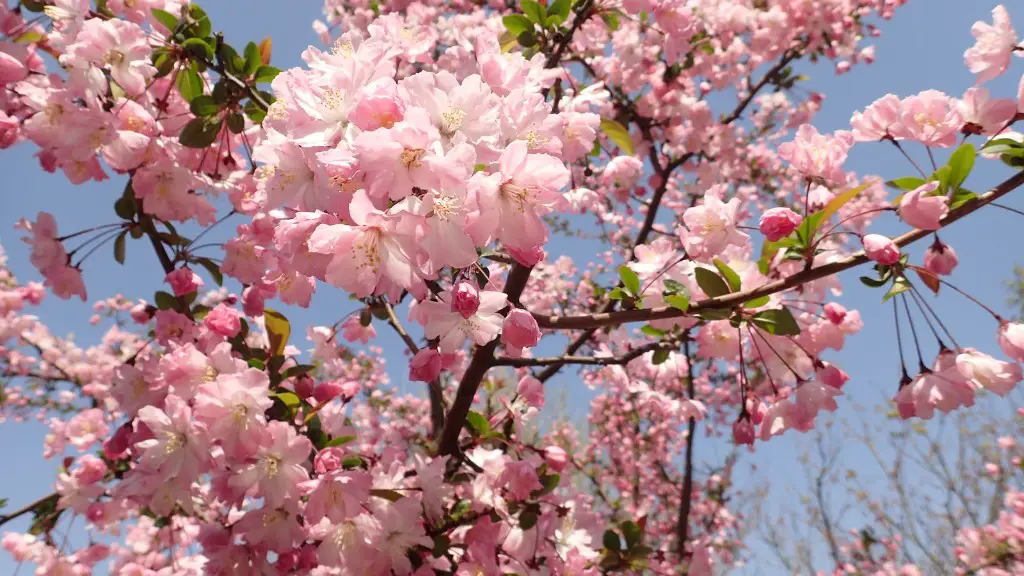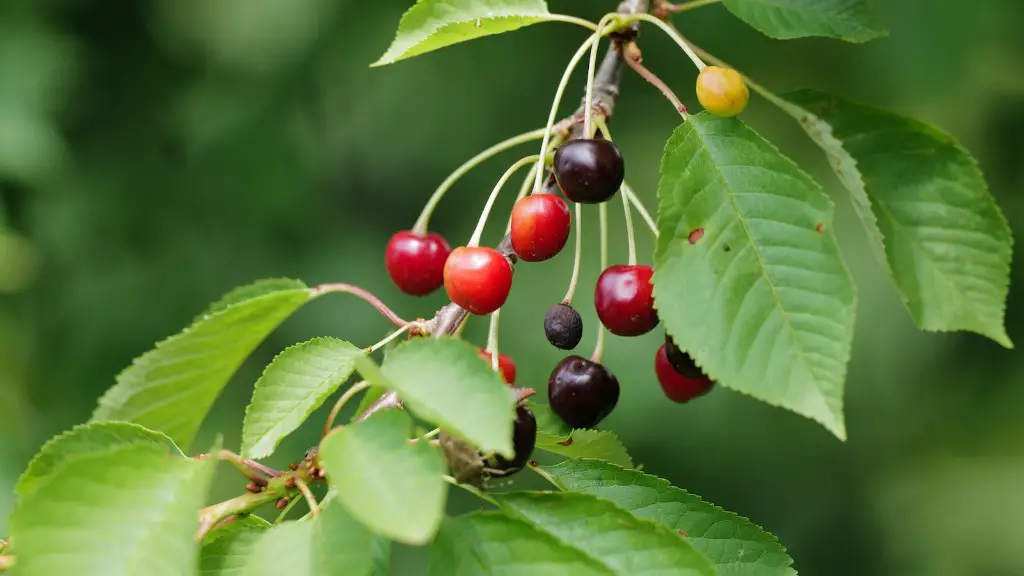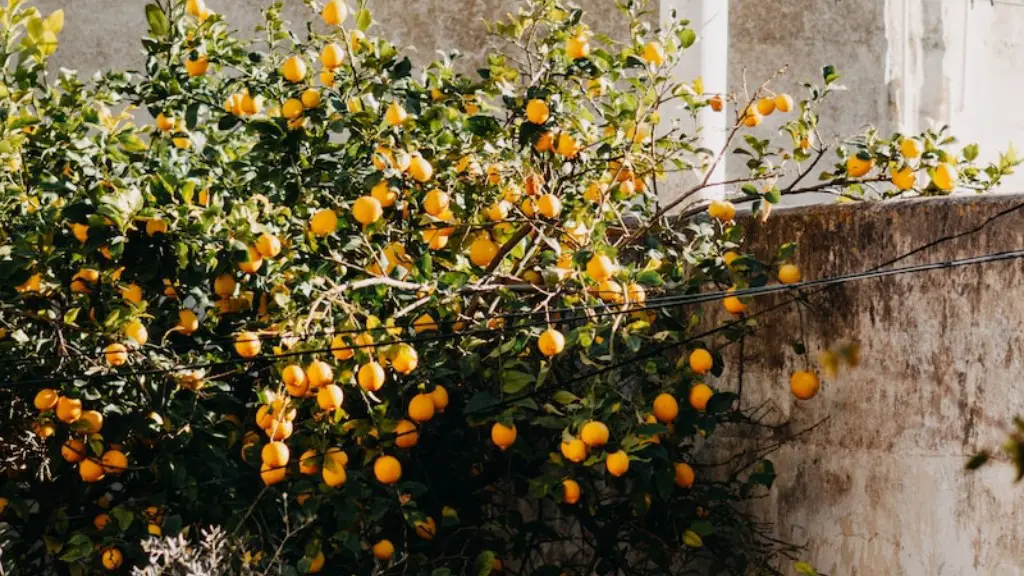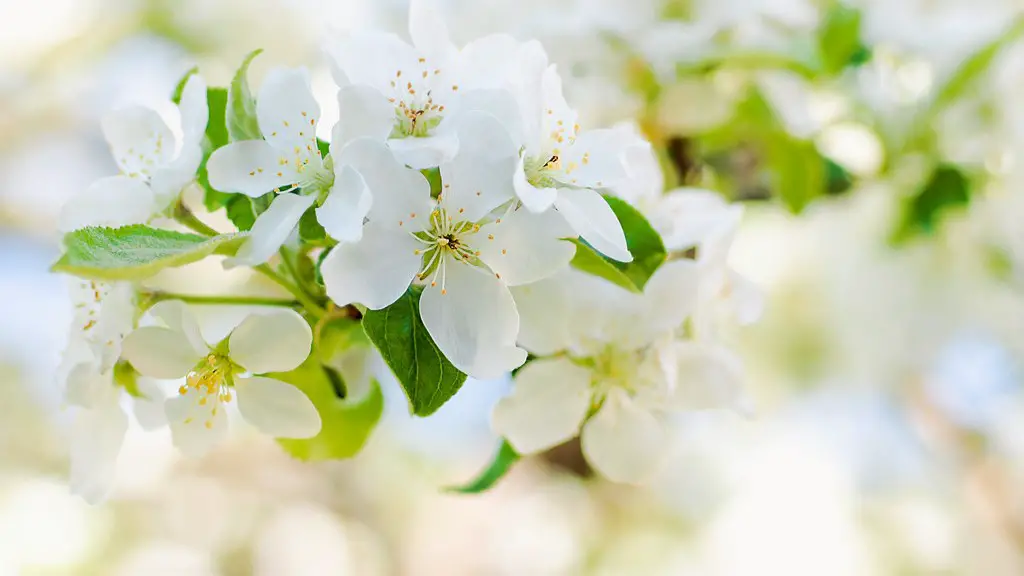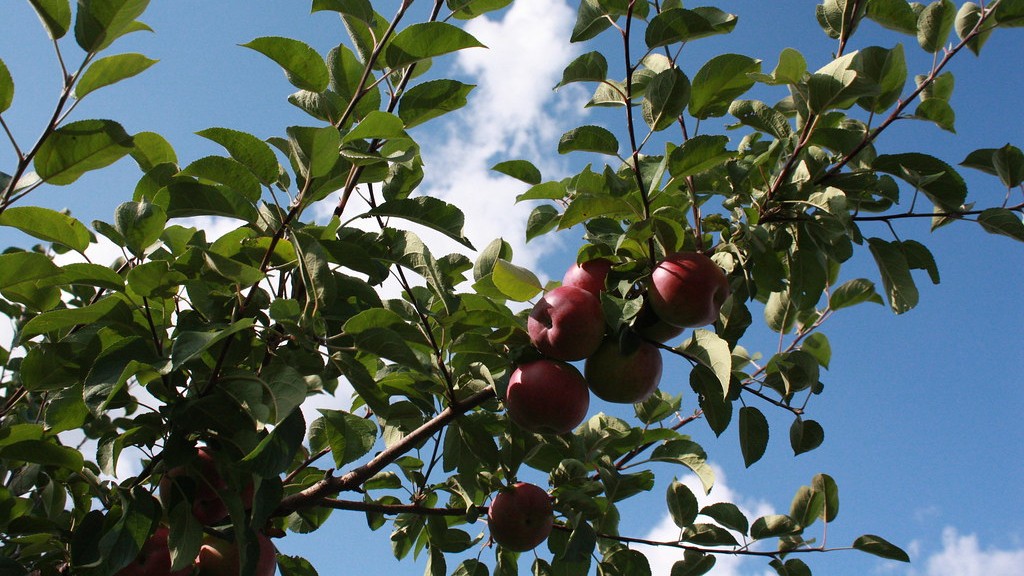Identifying The Cause
Chances are, if you’re reading this, you have a wilting, sickly-looking weeping cherry tree. This may have begun with small yellow and brown spots appearing on the leaves, which have grown progressively worse. It could be that the leaves are curling inwards or falling off, or the bark is decayed and weak. You may also have noticed small holes or tunnels in the trunks. All these signs strongly suggest that there’s something terribly wrong. So, what is killing your weeping cherry tree?
The culprit could be fungal diseases such as black knot, leaf spot or rot, a pest like borers, or a bacterial blight. To determine the actual cause of the problem you should consult an arborist or plant pathologist as soon as possible and decide on how best to proceed.
Dealing With Fungal Diseases
Fungal diseases like black knot, leaf spot and rot, especially when found in conjunction with the symptoms mentioned above, can indicate serious problems in the tree. It is essential that swift action is taken against them or else the tree will likely die quickly.
Proper cultural management and professional fungicidal applications are needed for managing these fungal diseases. To avoid fungicides harming the tree, follow the dosage and other instructions to a tee as instructed by a professional.
Combatting Pests
Borers can also cause severe injury to trees if neither managed or treated in time. Often, when a weeping cherry tree is losing vigour or not fruiting properly, root borers and bark borers, such as cyanobacterial scale, will infest the tree. It helps to keep the area free of debris, branches and weeds to prevent thin-shelled borers from nesting in the bark of the tree. Insect sprays are also effective but, as always, should be used according to the instructions given by a professional.
Beating Bacterial Blights
Bacterial blight, caused by the bacterium Pseudomonas, often appears on weeping cherry trees as light grey spots on the leaves. These spots can become necrotic if left untreated. Furthermore, the stems and trunks of the tree can become infected, leading to severe damage.
Should you notice the presence of bacterial blight in your weeping cherry tree, get in touch with a professional arborist or plant pathologist as soon as possible. Through proper management, fungicides and insect sprays, the arborist will be able to assist you in fighting the infection and saving your beloved tree.
Promoting Healthy Growth
In addition to combating the diseases, pests and blight affecting your weeping cherry tree, it is also important to take certain proactive steps to ensure healthy growth. For instance, pruning the tree regularly to promote sunlight exposure and proper air circulation plays an important role in this regard. Furthermore, make sure to fertilise the tree with a good-quality fertiliser and provide regular irrigation, making sure to never water the foliage as it can lead to leaf spotting and fungal disease growth.
Pest-Proofing Your Garden Soil
Checking for pest and fungal diseases should be done regularly, particularly in the case of weeping cherry trees affected by borers or blight. Keep an eye out for small holes in the bark or straggling ants and take appropriate action. Cleaning and disinfecting your garden soil can also go a long way in preventing many garden pests.
Beware Of Poor Planting Practices
As always, it pays to be mindful of planting practices. Be sure to observe the correct planting depth, planting distance, type of soil and climate, etc., as failing to do so can make your weeping cherry tree more vulnerable to disease. Poor planting habits will also lead to poor root development and a weak root system, which can be fatal for the tree.
Recognizing Signs Of Stress
It is always important to be able to recognize signs of distress from your weeping cherry tree. As mentioned earlier, yellow and brown spots on the leaves, wilting, or falling away of leaves, or water-soaked bark, can all be signs of serious issues. Furthermore, keep an eye out for fungi and insects. If any of these signs are present, then it is definitely time to call a professional and get the issue addressed.
Avoiding Common Mistakes
It is unfortunately all too common to see weeping cherry trees damaged by people’s ignorance. A glaring example of this is when people prune their trees incorrectly. In the case of weeping cherry trees, it is essential to remember never to prune too hard as this can easily damage the already delicate, thin branches that the tree is renowned for.
Similarly, many people damage the tree by fertilising the wrong way, incorrectly planting soil or water, and so on. Be sure to always use the correct instructions, tools and products whenever attempting to care and maintain a weeping cherry tree.
Understanding The Benefits Of Weeping Cherry Trees
The unique foliage and branches of the weeping cherry tree make it a truly captivating sight to behold. It is also extremely adaptable to various soil types, making it easy to care for. Apart from being ornamental, the bark of a weeping cherry tree is useful for making herbal teas and tinctures. Its fruit, often held on the branches in clusters, is also edible and makes a great addition to salads.
Due to the tree’s short lifespan, it is often replaced in landscapes. When done carefully and selectively, the process can revitalise the look of a garden, creating a space overflowing with beauty and life.
Gaining Insight Into The Tree’s Environment
Weeping cherry trees can be adversely affected by changes in their environment. It helps to take a step back and examine what has changed in the area where you have planted the tree. Things like extreme temperature fluctuations, inadequate or excessive water and soil, wind, or changes in the amount of light can all cause the tree to become stressed and eventually succumb to diseases or pests.
Protecting Your Weeping Cherry Tree
The best way to protect your weeping cherry tree is to be proactive and observant. Be mindful of its behaviour and respond promptly and appropriately to any signs of distress. Have a professional inspect it every other year or so and address any issues that may arise. Regularly check for diseases, pests and any other potential causes of the tree’s decline, and make use of the tips provided in this article to maintain your weeping cherry tree’s health and well-being.
